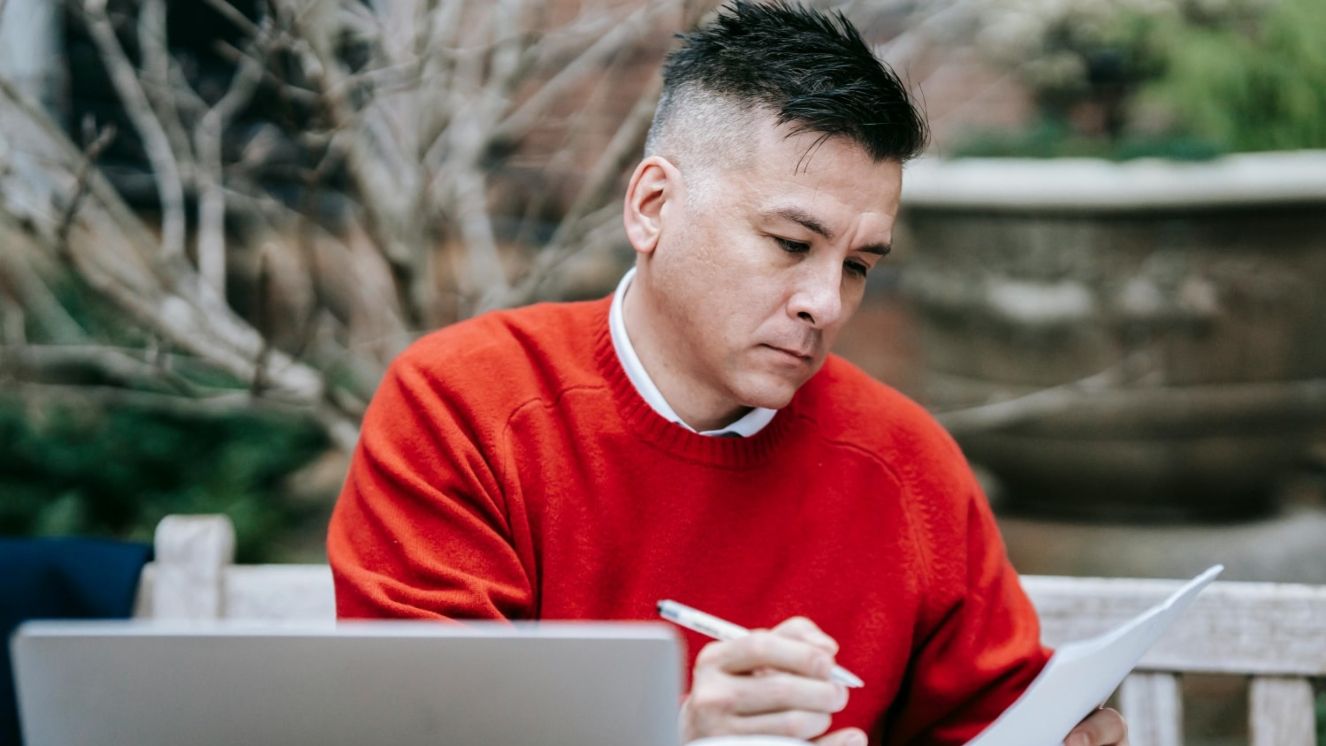A LEGACY OF LEADERSHIP: U.S. PRESIDENTS WHO WERE GENERALS

There are a lot of famous people who also served during the war. Some of them were artists and athletes, and others were even involved in politics. It is not new knowledge to this day that almost 50 percent of elected commanders in chiefs have served in the Army. Some of them even achieved ranks, which are noted in history books as presidents who were generals. These achievements have helped them ascend to office as it is believed that they will be an adequate leader and establish a good relationship with the armed forces. Yet, some got the position without any military experience, becoming an effective leader for the nation.Even though being an officer or military service is not a requirement to become president, military members might have an edge in developing leadership skills and other experience they gained while serving and training. Aside from acquiring tactical skills, they even learn to work as part of a team and know the importance of self-sacrifice. Being in the military also helps leaders gain the ability to perform effectively under pressure and have flexibility in any situation.
The Presidents Who Were Generals
George Washington
Leading the list is George Washington, who became a major general during the Revolutionary War, leading the Continental Army. With his tactics, Washington led his platoon despite being under-equipped to victory. After the war, he went to his plantation in Virginia to settle down, but he was then called after he had been unanimously elected as the United States' first president.
Dwight D. Eisenhower
He is the 34th president, and during his younger years, he was a second lieutenant. Eisenhower served in both World War I and World War II, showing military and leadership skills that included appointments and promotions. He was one of the people to reach the 5-star rank of General of the Army in 1944.He was Supreme Allied Commander of theNorth Atlantic Treaty Organization from 1951 to 1952, then retired from active duty in 1952 to run for president.
Ulysses S. Grant
Grant was a Union leader and a popular North figure following the Civil War and the country's first four-star general of the Army. After ascending to office, his administration faced corruption and scandals. Everything began changing with word spreading quickly that he was slowly dying due to throat cancer. Even if his term faced issues, he received a lot of sympathy and good wishes, including from his enemies in the South.
Andrew Jackson
He served in both houses of Congress and was a major general in the Army, the U.S. Volunteer Army, and the Tennessee Militia. In 1802, Jackson became a major general of the Tennessee militia, even though he didn't have extensive military experience. The peak of his service was during the War of 1812, wherein he was promoted to become a major general. He got the nickname "Old Hickory" from his troops, as he is tough on the battlefield. This helped him in his political career.
William Henry Harrison
Harrison encountered his first military action during the Northwest Indian War as part of the Battle of Fallen Timbers; he served as a governor of the Indian Territory and at the Tippecanoe and Wabash rivers. During this time, he and his troops were surprised by a group of around 700 Indigenous warriors; even though outnumbered, he led his men to victory after almost two hours of fighting. In 1812, Harrison became a major general. He continued to lead his troops to triumph, beating the British in the Battle of Thames in Upper Canada.
Zachary Taylor
He aspired to have a military career since he was a kid. Eventually, he was one of the presidents who were generals during his prime. Taylor served in the Army from 1808 to 1849, crawling through the ranks and participating in the Second Seminole War and theBlack Hawk War. He rose as a major general in the U.S. Army during the Mexican-American War. A national hero, he was elected president after the war.
James A. Garfield
He entered the U.S. Army in 1861 as a lieutenant colonel for the Union duringthe Civil War. At 31, Garfield was a brigadier general, then became a major general in 1863, the youngest officer to hold this rank. He fought bravely in the battles of Chickamauga, Middle Creek, and Shiloh. After this, he took a seat in the House of Representatives, which he won without even campaigning.Suggested reads:
- Discover 57 Fun Facts About Presidents You Likely Never Knew
- 3 Stories of Presidents Who Served in the Military
- A Closer Look at Each Vice President That Served in the Military
Sources: 12 U.S. Presidents Reached the Military Rank of General - Paracord Paul Bracelets and Military Dog Tag Gear 31 Presidents That Served In The Military (& 15 That Didn’t) - Operation Military Kids 31 presidents who served in the military (militarytimes.com) 12 Presidents Who Were Generals in the Military – USAMM Image Source: Wikimedia Commons
BY ALLISON KIRSCHBAUM
Veteran, Military History & Culture Writer at VeteranLife
Navy Veteran
Allison Kirschbaum is a Navy Veteran and an experienced historian. She has seven years of experience creating compelling digital content across diverse industries, including Military, Defense, History, SaaS, MarTech, FinTech, financial services, insurance, and manufacturing. She brings this expertis...
Credentials
Expertise
Allison Kirschbaum is a Navy Veteran and an experienced historian. She has seven years of experience creating compelling digital content across diverse industries, including Military, Defense, History, SaaS, MarTech, FinTech, financial services, insurance, and manufacturing. She brings this expertis...



